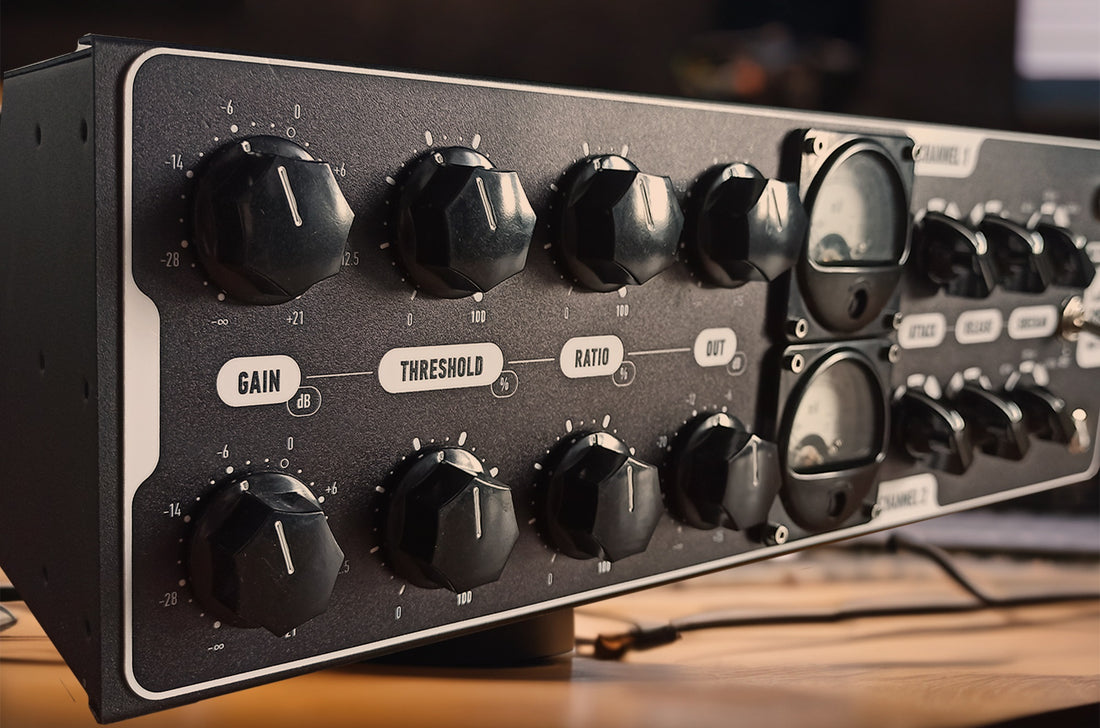Audio Compressors and Limiters: Unleashing the Power of Sound
If you are an avid music listener, a budding musician, or a seasoned audio engineer, you might have come across the terms "audio compressors" and "limiters." These powerful tools are essential in the world of audio production, shaping sound and ensuring a balanced and professional final product. Let's dive into the fascinating world of audio compressors and limiters and explore how they work their magic.
Audio compressors are devices or software plugins that control the dynamic range of audio signals. Dynamic range refers to the difference between the loudest and softest parts of a sound. While dynamic range is crucial for conveying emotion and adding depth to music, it can also help when it comes to keeping consistent volume levels.
Compressors help to tame these dynamics by reducing the volume of louder sounds and boosting softer ones. This process is achieved through a series of parameters such as threshold, ratio, attack, release, and makeup gain. The threshold determines at which point the compressor starts working, while the ratio determines the amount of gain reduction applied once the threshold is crossed. The attack and release controls regulate how quickly the compressor kicks in and recovers after the signal falls below the threshold. Finally, makeup gain compensates for any volume reduction caused by compression.
Why use compressors? Well, they serve multiple purposes. Firstly, they help control peaks in audio signals, preventing distortion and ensuring a more polished sound. Secondly, compressors can even out the volume levels of different instruments or vocal tracks within a mix, creating a more balanced and cohesive sonic experience. Lastly, they add character and color to audio by allowing for creative shaping of sound dynamics.
Now let's move on to limiters. While compressors subtly control dynamics, limiters are designed to prevent audio signals from exceeding a certain threshold altogether. They act as a safety net for audio signals, ensuring that they don't clip or distort. Limiters are particularly useful in mastering and live sound scenarios where maintaining a consistent volume level is crucial.
Limiters work by setting a maximum output level, often referred to as the "ceiling." Any signal that exceeds this threshold is automatically attenuated to prevent distortion. This process is achieved through a combination of attack, release, and ratio settings, similar to compressors.
In addition to preventing clipping, limiters also boost overall loudness, making audio tracks more impactful and competitive in today's dynamic media landscape. They are commonly used in radio broadcasting, music production, and live performances to ensure that the audio remains clear, powerful, and distortion-free.
